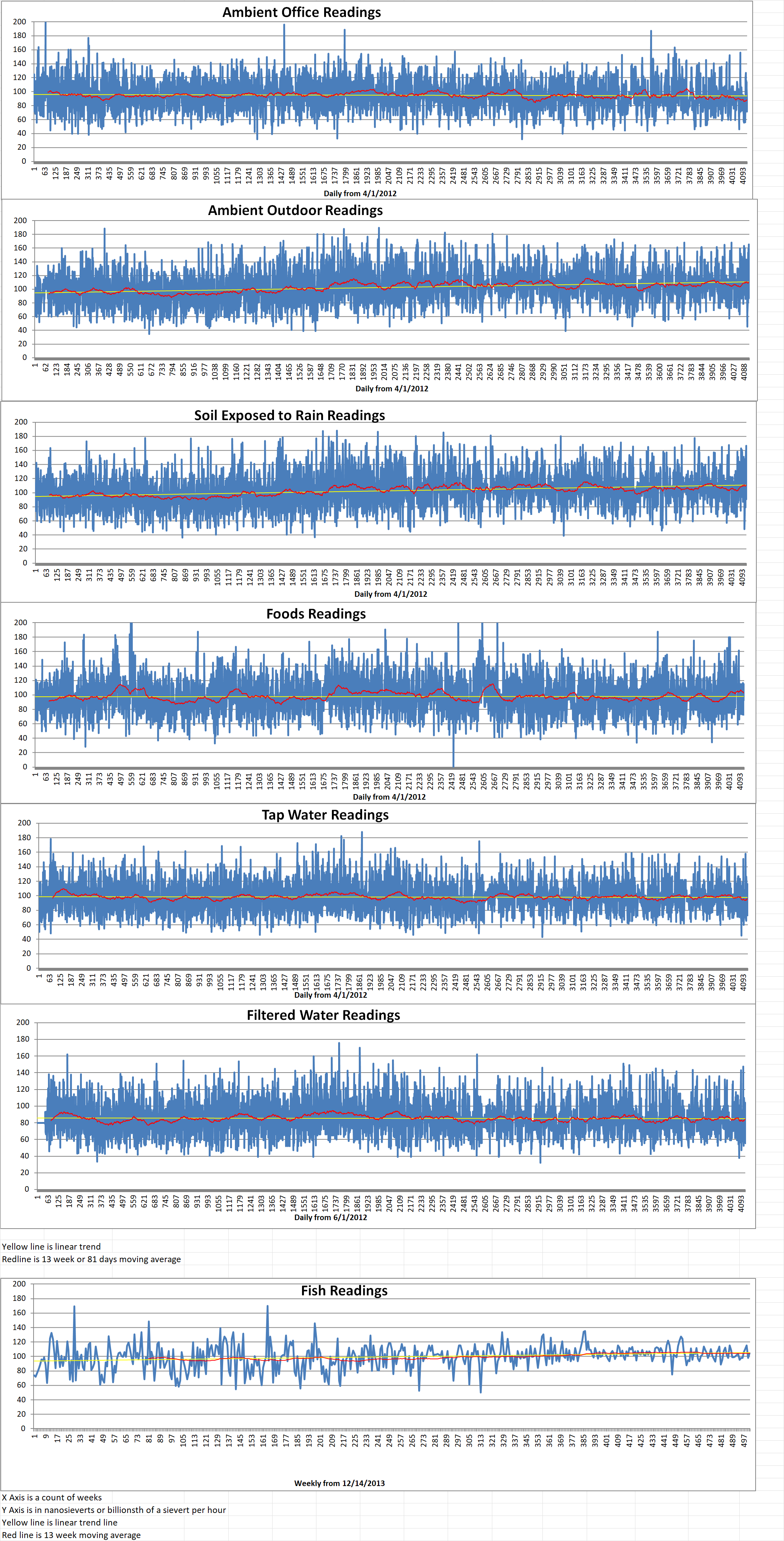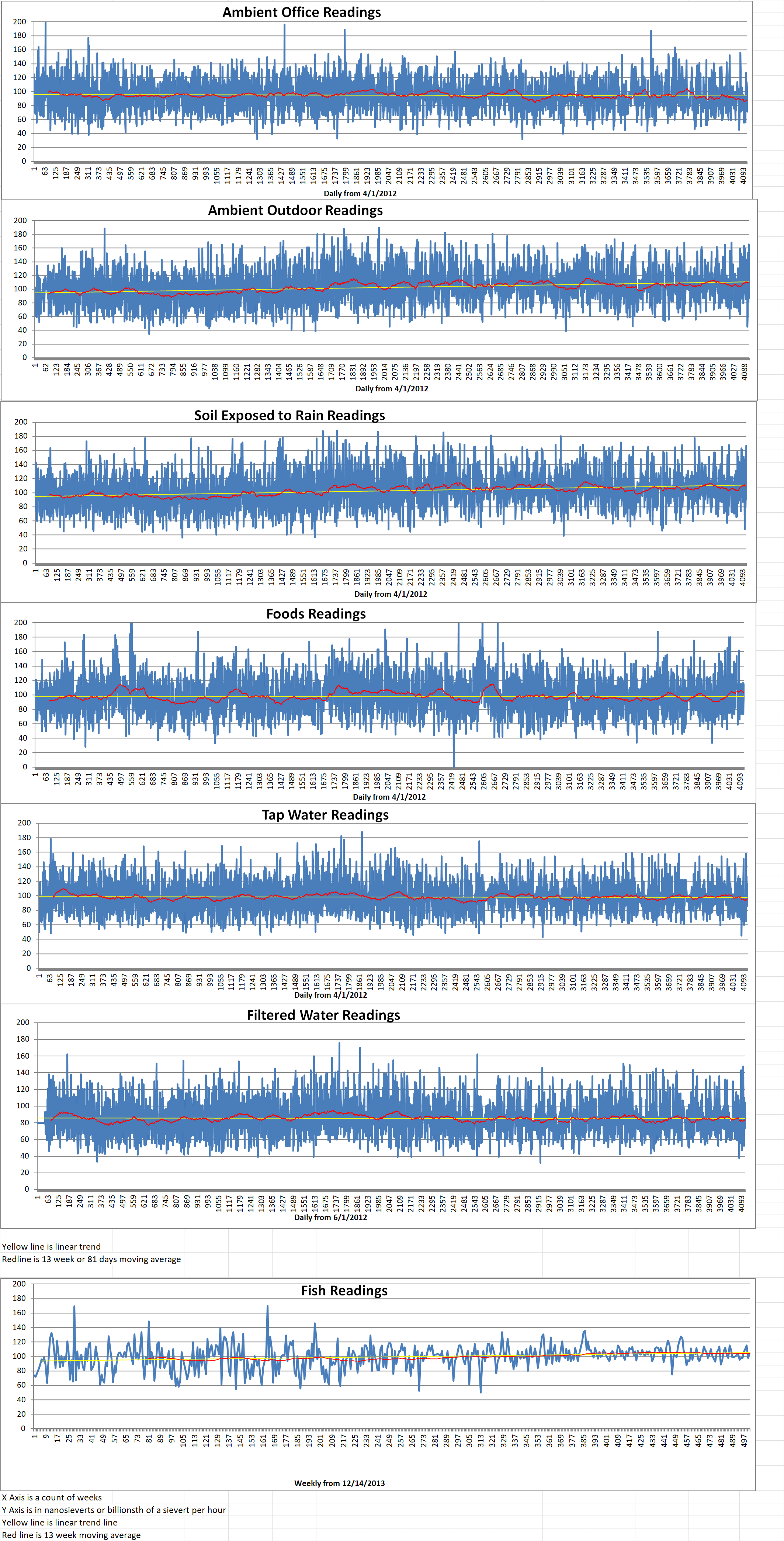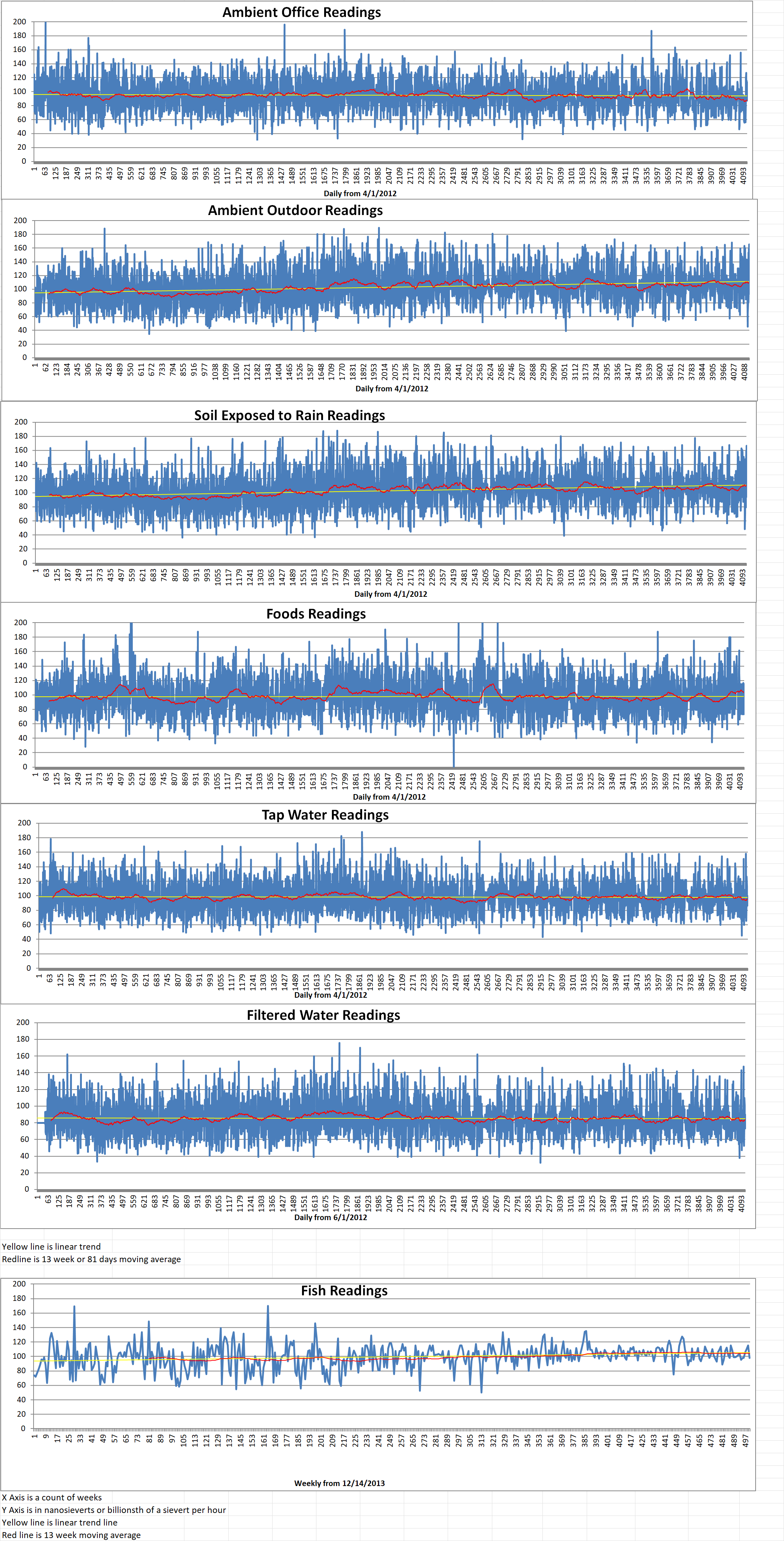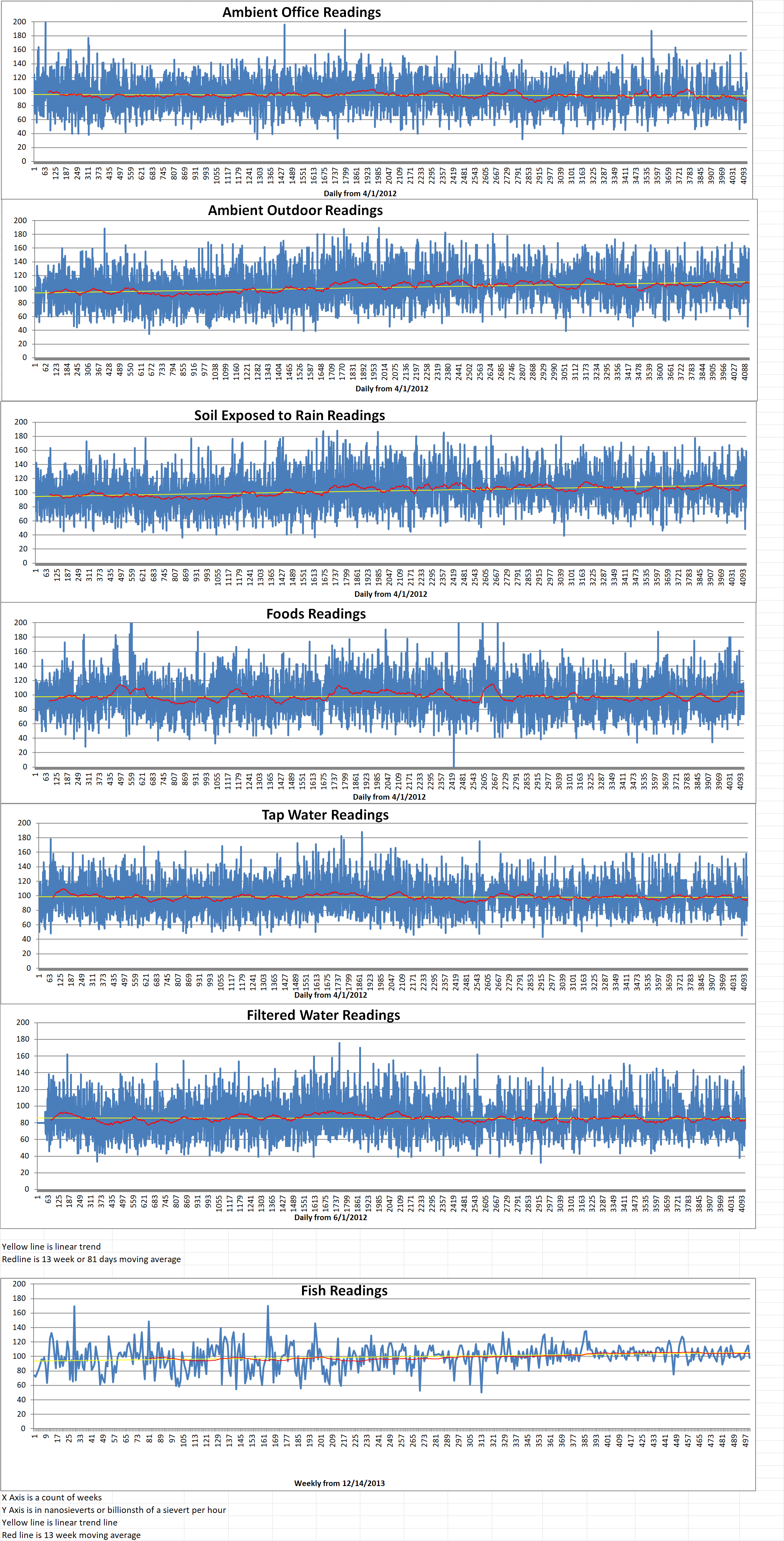Several pieces of equipment containing radioactive material are missing at the Pilgrim Nuclear Power Station in Massachusetts. At the time of a periodic inventory last fall, items such as explosives detectors were not in their expected locations according to Pilgrim owner Holtec International.
David Noyes is a compliance manager at Holtec. He described some of the missing items during a November meeting of the state’s Nuclear Decommissioning Citizens’ Advisory Panel. He said, “Three of the sources are Nickel-63 sources. They’re in explosive detectors, similar to what you’d see in any government installation, or any place where access is being controlled and material needs to … go through an explosive detector.”
A Holtec report to the U.S. Nuclear Regulatory Commission states that seven sealed pieces of equipment containing low levels of radioactivity were initially identified as missing. Some were exempt from requirements for reporting. One was later found at the plant. Last fall, Holtec disclosed the discovery of missing items which happened in September. Noyes informed the panel what Holtec believes happened to five of the sources of radioactivity.
Noyes said that “These five sources are assumed to have been disposed of as radioactive waste” during the cleanout of a building.
The missing items are now getting fresh attention because local activist group Cape Downwinders said it has received an anonymous letter of complaint. Diane Turco is the director of Cape Downwinders. “This is a serious situation if there’s missing radioactive materials out. And it looks like Holtec hasn’t been paying attention to where this has gone.”
Turco characterized the writer of the anonymous letter as a “whistleblower.” However, Holtec spokesman Patrick O’Brien questioned the idea that someone who works at Holtec is behind the recent letter and a previous letter last summer.
The previous letter mentioned an increase in the evaporation of radioactive water from the plant, caused by the installation of submerged heaters. O’Brien said that in both cases, someone who repeats publicly available information has been portrayed as whistleblowing.
In an email, O’Brien said the letters are utilizing public information “to create claims that are at the best skewed and the worst outright wrong/false to create a panic and/or headlines that with little effort could be answered in an educated manner.” The whistleblower letter claimed that four missing sources of radioactivity pose potential health and safety risks.
Holtec described the missing items in a report to the NRC as “less than IAEA Category 3,” referring to definitions set by the International Atomic Energy Agency. According to the IAEA, the next-lowest category, Category 4, can be described this way: “It is very unlikely that anyone would be permanently injured by this source. However, this amount of unshielded radioactive material, if not safely managed or securely protected, could possibly — although it would be unlikely — temporarily injure someone who handled it or who was otherwise in contact with it for many hours, or who was close to it for a period of many weeks. This amount of radioactive material, if dispersed, could not permanently injure persons.”
Blog
-

Radioactive Waste 924 – Holtec International Discusses Missing Equipment At Pilgrim Nuclear Power Plant
-
Nuclear News Roundup January 08, 2024
First lead-cooled fast neutron reactor’s installation under way world-nuclear-news.org
Lotus eyes 2025 for Kayelekera restart world-nuclear-news.org
The South Dakota House goes “nuclear” mykxlg.com
Is the IAEA losing patience with Iran? Nuclear chief laments lack of cooperation jpost.com
-

Geiger Readings for January 08, 2024
Ambient office = 79 nanosieverts per hour
Ambient outside = 114 nanosieverts per hour
Soil exposed to rain water = 126 nanosieverts per hour
Red bell pepper from Central Market = 105 nanosieverts per hour
Tap water = 73 nanosieverts per hour
Filter water = 56 nanosieverts per hour
-
Nuclear News Roundup January 07, 2024
2024 could bring ‘a lot of ruin,’ but nuclear threat could be a stabilizing force upi.com
Six of UK’s nine nuclear reactors temporarily shut down news.sky.com
UEC to restart Wyoming uranium operation world-nuclear-news.org
UK invests in new neutron facility world-nuclear-news.org
-

Geiger Readings for January 07, 2024
Ambient office = 72 nanosieverts per hour
Ambient outside = 87 nanosieverts per hour
Soil exposed to rain water = 91 nanosieverts per hour
Avocado from Central Market = 93 nanosieverts per hour
Tap water = 116 nanosieverts per hour
Filter water = 104 nanosieverts per hour
-
Nuclear News Roundup January 06, 2024
Iran’s Regime “Galloping Ahead” With Its Nuclear Program, IAEA Chief Warns iranfocus.com
São Tomé and Príncipe ratifies Treaty on the Prohibition of Nuclear Weapons icanw.org
Japanese, South Korean envoys meet in Seoul amid N. Korean nuclear threat English.alarabiya.net
U.S. finalizes $1.1B in aid to keep open California’s last nuclear power plant seekingalpha.com
-

Geiger Readings for January 06, 2024
Ambient office = 87 nanosieverts per hour
Ambient outside = 165 nanosieverts per hour
Soil exposed to rain water = 167 nanosieverts per hour
Tomato from Central Market = 115 nanosieverts per hour
Tap water = 94 nanosieverts per hour
Filter water = 87 nanosieverts per hour
Dover Sole from Central = 104 nanosieverts per hour
-

Nuclear Batteries 1 – Betavolt Announces A New Miniature Betavoltaic Battery
A device which uses energy from the decay of a radioactive isotope to generate electricity is referred to as an atomic battery, nuclear battery, radioisotope battery or radioisotope generator. They are not nuclear reactors because although they generate electricity from nuclear energy, they differ in that they do not use a chain reaction. Although they are commonly called batteries, they are technically not electrochemical and cannot be charged or recharged. They were very expensive but have an extremely long life and high energy density. They are typically used as power sources for equipment that must operate unattended for long periods of time. Nuclear battery technology development began in 1913. There was a great deal of research for space applications in the 1950s and 1960s.
There are two types of nuclear batteries. The first type is called a radioisotope thermoelectric generator. These batteries convert some of the heat from radioactive decay to electricity. Scientists in the Soviet Union and United States developed the technology for use in spacecraft, underwater systems and remote scientific stations. However, these thermonuclear batteries were both costly and bulky.
The second type of nuclear battery is a non-thermal converter that extracts electricity directly from emitted radiation. They are easier to miniaturize and so are applicable to small-scale applications. A popular version is called a betavoltaic battery. Betavoltaic batteries have an efficiency as high as eight percent. City Labs is currently selling a tiny tritium-based betavoltaic.A Chinese startup has announced a new nuclear battery that it claims can generate electricity for 50 years without the need for charging or maintenance. Beijing-based Betavolt claims that its nuclear battery is one of the first in the world to realize the miniaturization of atomic energy, placing nuclear isotopes into a module smaller than a coin. The company said its next-generation battery had already entered the pilot testing stage. It will eventually be mass produced for commercial applications like phones and drones.
The company said in a press release that “Betavolt atomic energy batteries can meet the needs of long-lasting power supply in multiple scenarios, such as aerospace, AI equipment, medical equipment, microprocessors, advanced sensors, small drones and micro-robots. This new energy innovation will help China gain a leading edge in the new round of the AI technological revolution.”
The quest to miniaturize and commercialize nuclear batteries was taken up under China’s 14th Five-Year Plan designed to strengthen the country’s economy between 2021 and 2025. Research institutions in the US and Europe have also been working on their development.
Betavolt said its first nuclear battery can supply one hundred microwatts of power and at a voltage of 3V. It measures 15x15x5 cubic millimeters. Betavolt plans to produce a battery with 1 watt of power by 2025. The small size of the battery indicates that it could be used in series to produce more power. The company envisions mobile phones that never need to be charged and drones that can fly forever. The layered design also means that the battery will not catch fire or explode in response to sudden force. It is also capable of working in temperatures ranging from -60C to 120C. The radioactive isotope in the battery is Nickel-63.
The company said, “The atomic energy battery developed by Betavolt is absolutely safe, has no external radiation, and is suitable for use in medical devices such as pacemakers, artificial hearts and cochleas in the human body. Atomic energy batteries are environmentally friendly. Following the decay period, the isotopes turn into a stable isotope of copper, which is non-radioactive and does not pose any threat or pollution to the environment. -
Nuclear News Roundup January 05, 2024
Capital Power and Ontario Power to bring nuclear energy to Alberta stockhouse.com
Biden’s Iran containment strategy failing as Islamic regime gets closer to nuclear weapon nuypost.com
Franco-British partnership to develop fourth-generation nuclear technology euractiv.com
Reform and EKRE in accord regarding future of nuclear energy in Estonia news.err.ee
-

Geiger Readings for January 05, 2024
Ambient office = 104 nanosieverts per hour
Ambient outside = 93 nanosieverts per hour
Soil exposed to rain water = 94 nanosieverts per hour
Red bell pepper from Central Market = 103 nanosieverts per hour
Tap water = 86 nanosieverts per hour
Filter water = 73 nanosieverts per hour
